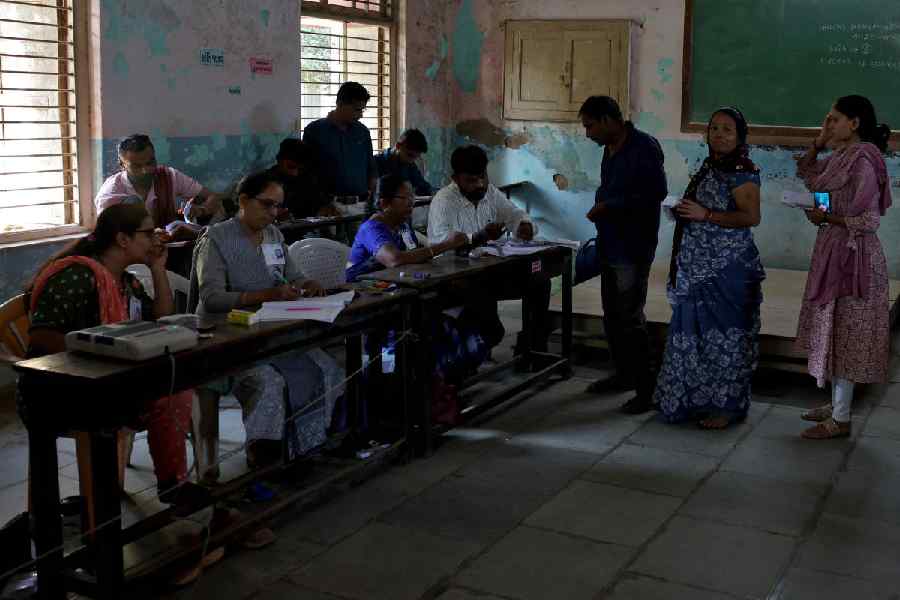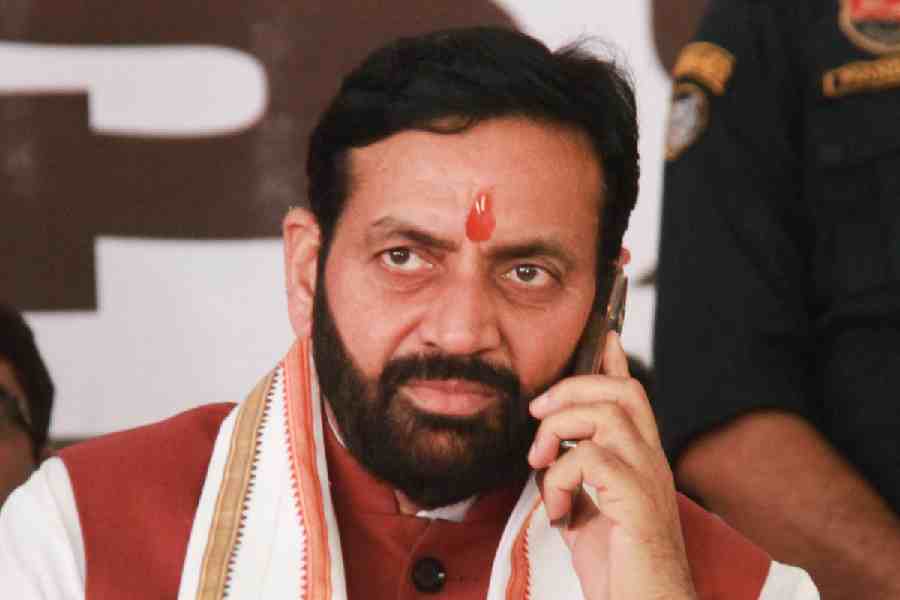The Supreme Court on Friday issued directions to seal and store symbol loading units and also paved the way for verification of microcontrollers embedded in EVMs on the request of candidates who stand second and third.
A bench of Justices Sanjiv Khanna and Dipankar Datta passed the direction while terming the suspicion of manipulation of EVMs "unfounded" and rejecting the demand for reverting to the old paper ballot system.
"Nevertheless, not because we have any doubt, but to only further strengthen the integrity of the election process, we are inclined to issue the following directions," the bench said.
It directed that from May 1, the symbol loading units (SLU) should be sealed and secured in a container and stored in a strongroom along with the EVMs at least for 45 days post the declaration of results.
"On completion of the symbol loading process in the VVPATs undertaken on or after May 1, 2024, the symbol loading units shall be sealed and secured in a container. The candidates or their representatives shall sign the seal. The sealed containers, containing the symbol loading units, shall be kept in the strong room along with the EVMs at least for a period of 45 days post the declaration of results. They shall be opened, examined and dealt with as in the case of EVMs," the bench directed.
The 38-page concurring verdict of both judges said that about 10 to 15 days before the date of polling, the symbol loading process is undertaken by using the symbol loading units.
The top court opened a window for aggrieved unsuccessful candidates securing second and third places in poll results and allowed them to seek verification of microcontroller chips embedded in five per cent of EVMs per assembly constituency on a written request and upon payment of a fee to the poll panel.
"The burnt memory/microcontroller in five per cent of the EVMs, that is, the control unit, ballot unit and the VVPAT, per assembly constituency/assembly segment of a parliamentary constituency shall be checked and verified by the team of engineers from the manufacturers of the EVMs, post the announcement of the results, for any tampering or modification, on a written request made by candidates who are at SI.No.2 or Sl.No.3, behind the highest polled candidate," it said.
Elaborating on the modalities, the bench said the two unsuccessful candidates or their representatives shall identify the EVMs by the polling station or serial number.
"All the candidates and their representatives shall have an option to remain present at the time of verification. Such a request should be made within a period of seven days from the date of declaration of the result. The District Election Officer, in consultation with the team of engineers, shall certify the authenticity/intactness of the burnt memory/ microcontroller after the verification process is conducted," the bench said.
It directed that the actual cost or expenses for the said verification will be notified by the Election Commission of India, and the candidate making the said request will pay for such expenses.
The expenses will be refunded, in case the EVM is found to be tampered with, the court said.
The bench said the microcontroller is a one-time programmable chip embedded into the three units of EVM–Ballot Unit, Control Unit and the Voter Verifiable Paper Audit Trail (VVPAT) at the time of manufacturing.
Except for the headline, this story has not been edited by The Telegraph Online staff and has been published from a syndicated feed.










